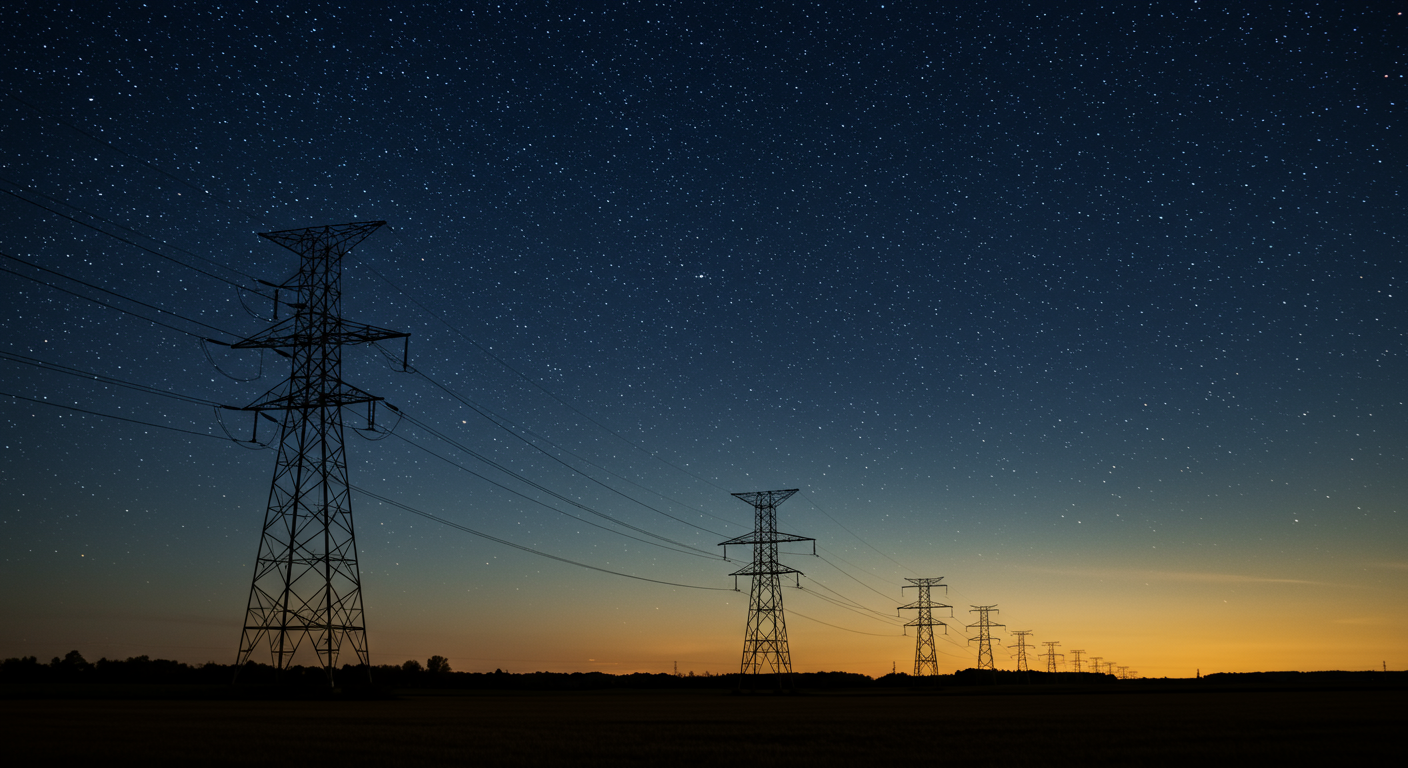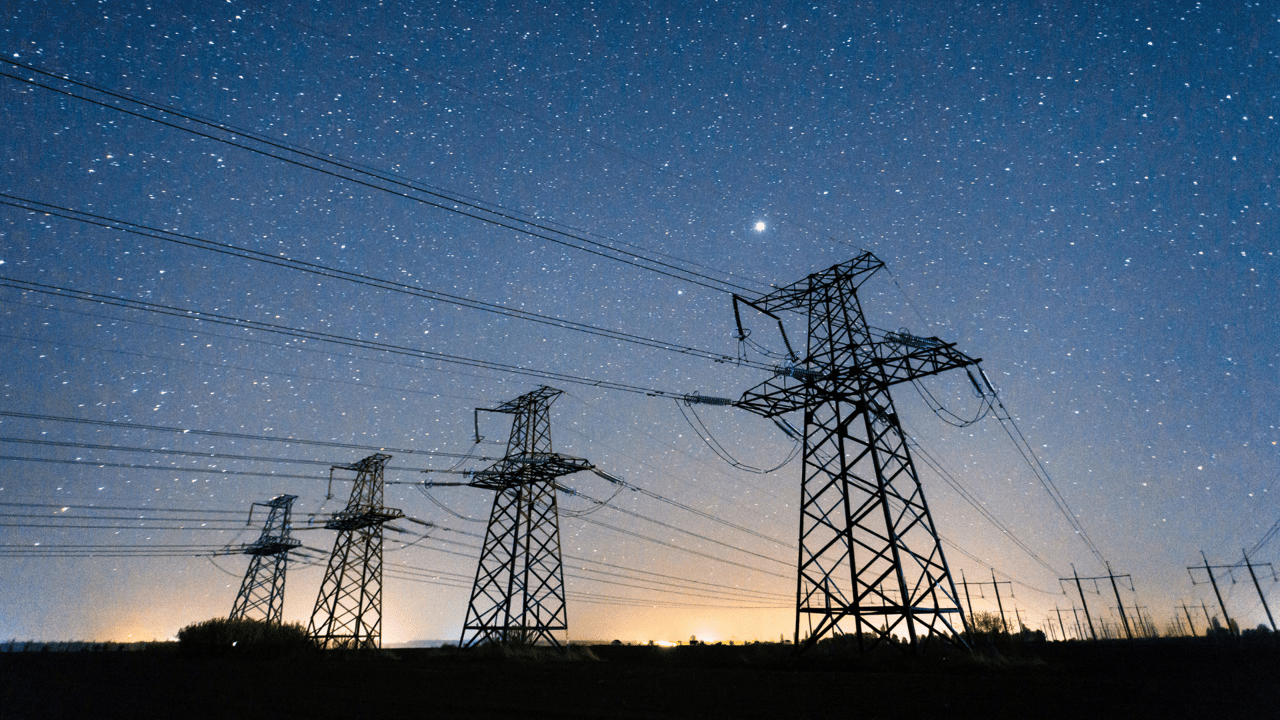Are you Prepared?
Power outages happen in homes and communities across the United States yearly. Some outages are brief, others last for a few hours and in rare occasions, a power outage can last for several days or weeks. We got a taste of what panic might look like during the pandemic resulting in a shortage of toilet paper, water bottles, and paper towels to name a few, in stores across the country. The same behavior and worse is likely if we were hit by a long-term power outage. As luxury home builders, we feel the responsibility to prepare our homeowners for the possibility of a power outage or any other disaster we may face in the future. Most of our everyday appliances and electronics are powered by electricity and we would all feel the detrimental effects if those were cut off. Do you know where your electrical panel is located? Have your electrician show you and let you know what a tripped breaker looks like, and how to switch it back on. Please follow our guide below to make sure you and your loved ones are prepared in case of a power outage.
Prepare your Emergency Kit
Everything is easier when you are prepared and have a plan, take a moment to think of what a power outage might look like for you in your home. Don’t know where to begin? Start with a waterproof container and make room for the following items that we see as a necessity for your emergency kit:
-
Food: non-perishable, easy-to-prepare items
-
Water: one gallon per person per day (3 days minimum), also accounts for hygiene, simple clean-up, and pets
-
First-aid kit and medication (if your medication needs to stay at a certain temperature make sure you prepare a plan for that)
-
Tool kit (including duct tape and rope)
-
Flashlights and backup batteries
-
Battery-operated radio with backup batteries
-
Battery-operated fans
-
Extra cash
-
Emergency kit for your pet
-
Make sure you always keep your car at 40% fuel or more. Gas station pumps are powered by electricity and would not operate under a power outage
Once you have assembled your kit make sure you store it in a place that is easy to get to and let your family members know where it is.
Consider Purchasing a Power Station
We suggest considering the purchase of a portable power source to generate power when you need it the most. Today’s power stations are equipped with everything you need to power essential appliances, devices, and lights. For additional dependability, you can recharge your power station through solar panels or by connecting it to your vehicle’s battery. They range from about $700 up to $2,000 varying on watt and can last up to a week depending on usage.
What to Do if the Power Goes Out
Now that you are prepared and have a plan there is no need to panic. Start by confirming that your power is out, look outside to see if your neighbors have power, if they do it may just be an issue with your electrical panel. If you open it up and notice one or more switches are turned off, you may have a tripped breaker and can restore power by flipping the switch. If that is not the issue, you can determine that you are experiencing an outage and call your utility company to report the outage. They may already know of the problem and give you information on what to expect. If it sounds like it may take a while you can start by unplugging your appliances and electronics to avoid damage from electrical surges when the power is restored. If an hour has gone by, we suggest you move any power-dependent medical devices or medicine to your safe temperature-controlled container. Keep your freezer and refrigerator closed to maintain cool temperatures for as long as possible. When you have checked off your list, make sure to turn on your radio and phone to stay connected and up to date on the latest news and updates regarding your power outage. This will create peace of mind and allow you to make educated choices on how to use your power, food, and water supply.
Lastly, be a good neighbor; as you have prepared for this event, your neighbor may be frantically trying to figure out what to do. We urge you to be a good neighbor and offer your assistance and knowledge, you never know when you may need theirs.
The Aftermath of a Power Outage
Plug-in your appliances one by one. Go through your refrigerator and freezer and throw away food that has been exposed to temperatures 40 degrees or higher. If the power has been out for more than 24 hours and the temperatures in your pantry reached high temperatures, we suggest going through that food as well. Learn from your first power outage experience and note items you felt that you were missing, or things could have done differently. Take that into consideration when you re-stock your emergency kit.
Power Outages



